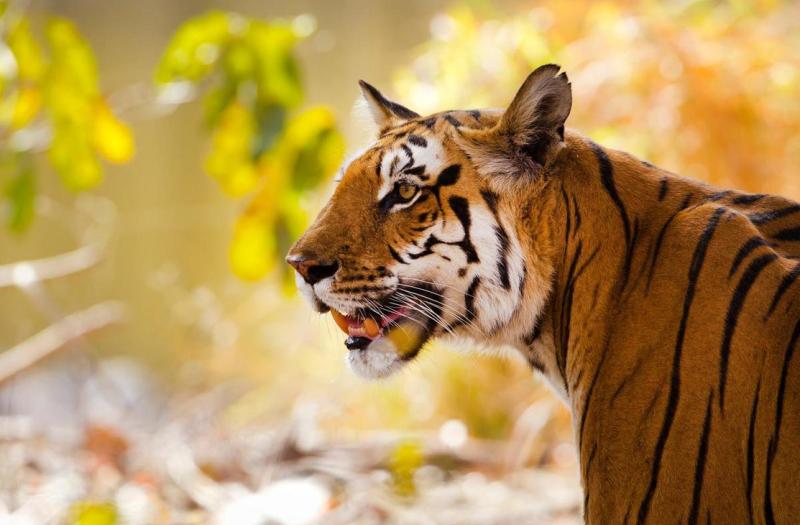About Cheetahs
The cheetah (Acinonyx jubatus) is widely known as the planet’s fastest land animal, but unknown to many, it is also Africa’s most threatened big cat. Today, there are as few as 7,100 cheetahs left in the wild, which occupy only 8 percent of the species’ historic range. Key threats to cheetahs include the illegal wildlife trade, loss of prey due to overhunting and poaching, human-cat conflict and habitat loss and fragmentation. Together with our supporters and partners, we protect cheetahs by addressing both direct and indirect threats across their range.
Wildlife Values Program: Panthera is working with local communities to promote the value of coexisting with cheetahs as living tourism and economic assets, through establishing wildlife credits that reward communities for the safe passage of cheetahs through their communal lands, carnivore-proof enclosures that protect livestock and diversified livelihoods such as tourism that are linked to and celebrate cheetah as a key part of the landscape.
Collaring and Tracking: Panthera fits cheetahs with GPS collars to monitor their movements and protect them in real-time from threats across the Greater Kafue Ecosystem and adjacent open lands.
Our Goals
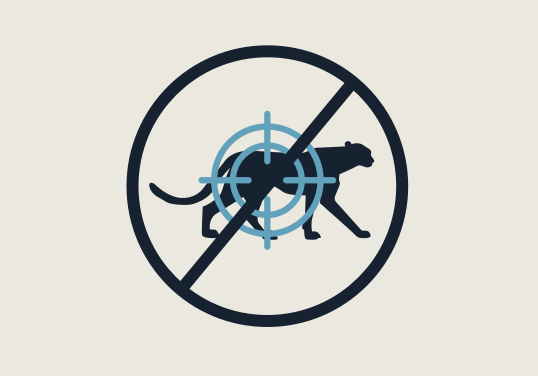
Prevent poaching and trafficking of cheetahs and prey
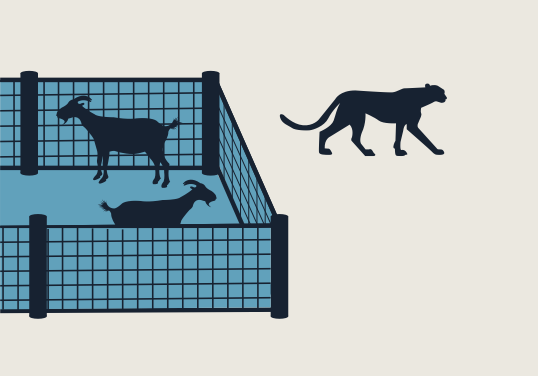
Reduce human-wildlife conflict to prevent cheetah mortality in open, unprotected lands
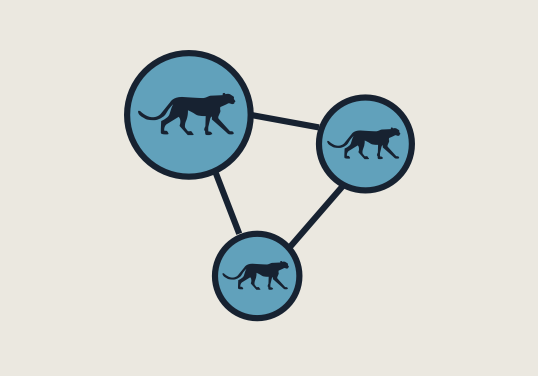
Create permeable connective corridors to ensure the safe passage of cheetahs among large, protected area networks
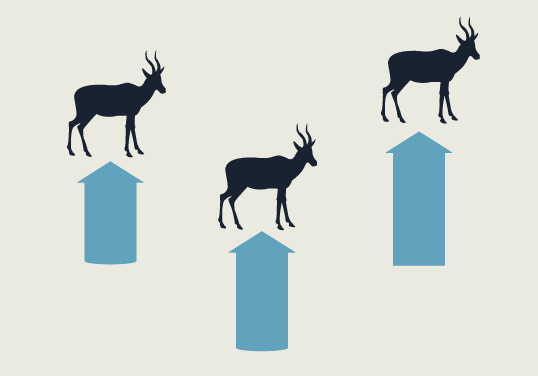
Recover cheetah prey in core habitats and connectivity corridors
Where Do Cheetahs Live?
Cheetahs are found in 23 African countries and two Asian countries, favoring savanna woodlands, grasslands and scrublands.
Where We Work
Zambia: In Zambia, we employ the Halo Approach of Protection, a holistic method that involves anti-poaching patrols, GPS collar monitoring, snare removals and informing local communities of wild cat movements to protect wild cats like cheetahs, lions and leopards. In addition to initiating dialogue about and fostering coexistence between cheetahs and local communities, our GPS collars provide crucial data on the lives, ecology and landscape-level needs of this increasingly threatened species.
- Historic Cheetah Range
- Current Cheetah Range
Cheetah FAQs
How are cheetahs so fast and why have they adapted in this way?
As the fastest land animals on our planet, cheetahs can reach speeds of up to 120 km/h or 75 mph. Cheetahs are physically adapted for running with a slim frame that includes long legs, a small head, highly flexible spine and a long tail to balance while maneuvering at high speeds. They have modified collarbones that allow them to take longer strides elongated nasal passages which deliver sufficient air to enable oxygen levels to recover rapidly after a high-speed chase. They have adapted to hunt prey species that are fast runners.
What do cheetahs eat and how do they hunt?
Cheetahs use their speed to hunt fast and agile prey species, including gazelle, impala, puku and warthog, and can even take down larger prey like zebras, especially when they hunt in coalitions. Cheetahs use their tail to balance during the fast twists and turns of the high-speed chase and use their dew claws to trip their prey and bring them down.
What sounds do cheetahs make?
Like all cats, cheetahs are capable of hissing, spitting, snarling and growling. Unlike other big cats like lions and jaguars, cheetahs can't roar. Instead, they have a unique vocalization known as a churr — a high-intensity gurgle used to communicate with other cheetahs, usually during mating and other friendly encounters. Cheetahs also chirp when calling to locate their young or coalition partners.
Are there melanistic cheetahs?
No. Unlike leopards or jaguars, cheetahs are not known to exhibit melanism (full cover black pigmentation).
What is a king cheetah?
A king cheetah is not a different species. Rather, this term is used to describe individuals who exhibit distinctive blotches and stripes on their coats thanks to a rare genetic mutation.
What are the threats facing cheetahs?
Habitat loss and fragmentation, as well as the reduction of prey area are the greatest threats to cheetahs, with the species reduced to living across less than 8 percent of its historical range. A staggering 77 percent cheetah habitat lies outside of protected areas, where human-wildlife conflict, loss of prey and the species’ ability to recolonize substantially contributes to an ongoing decline in these big cats. Targeted poaching for their skins and other body parts is also reducing cheetah numbers across their range.
What is Panthera doing to protect cheetahs and what can I do to help?
Together, we can protect cheetahs by addressing direct and indirect threats to them, their prey base and their habitats across both protected and unprotected areas. We call these cheetah conservation landscapes. Within these landscapes, we safeguard cheetahs from poaching and prey depletion, reduce human-wildlife conflict and ensure that wild cat connectivity pathways remain open and safe for passage.
We support anti-poaching efforts in protected areas, and in non-protected areas, we empower local communities to foster human-cat coexistence to maintain connectivity pathways. Through targeted surveying and real-time and long-term monitoring of cheetah and their prey, we fine-tune our activities within cheetah conservation landscapes to strengthen anti-poaching patrols and coexistence.





